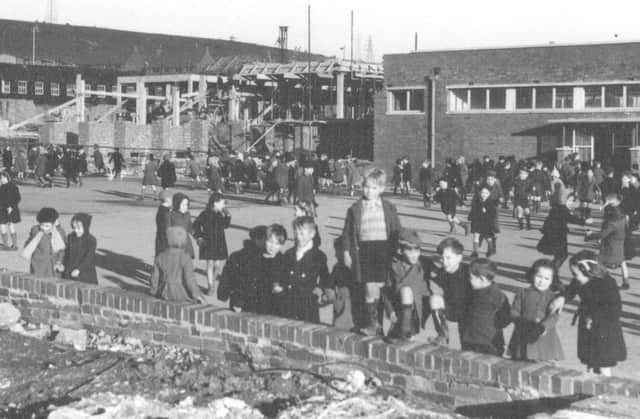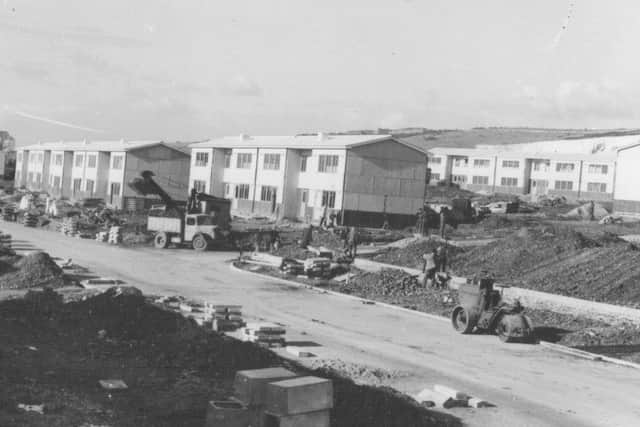Police constable rode away with a bomb in his saddlebag


For obvious reasons there had been no building in the previous five years and 15,000 houses would be needed.
At a council meeting on February 13, 1945, council leader Cllr Harold Pink revealed steps had been taken to buy land at Paulsgrove for housing. It was agreed to pay £103,500 for it with legal fees of £742 14s.
Advertisement
Hide AdAdvertisement
Hide AdTo begin with, 850 houses were to be built by private enterprise and 1,100 by the corporation.


A dire need was educating the children and the minister of education said a critical situation would arise if the building of a school was not speeded up.
The council resolved to build a primary school at Hillside.
By May 13, 1947, the steel had been ordered for the structural frame of the new school and a tender from Messrs Kirk & Kirk for £130,900 was accepted by the council on September 9, 1947.
Meanwhile, children were to be bused to schools south of Portsbridge. The school opened in 1950.


Advertisement
Hide AdAdvertisement
Hide AdFrom late 1948 residents started to move into Paulsgrove and the area gradually grew to what we know today.
Brian Wilde’s family were one of the first to take up residence and he told me what it was like.
As an 11-year-old he moved with his mother and two younger brothers into one of the first-to-be-completed double prefabs on the new Paulsgrove estate. Those initial homes were in the top half of Bromyard Crescent long before building started on Allaway Avenue.
Number 72, Bromyard Crescent, the last house in the road down to 54, were the first 10 properties to be finished and occupied. Brian’s family lived in 68.
Advertisement
Hide AdAdvertisement
Hide AdHe recalls: ‘The roads were laid but there were no pavements or grassed areas. An open trench with pipes ran across our front door with a plank across the trench to allow us access to the house.
‘The house was like a palace to the family after living in one small room in Portsmouth after the war.
‘Building materials were strewn all over the place – wood, cement and lead was everywhere. Nothing, or very little, was stolen.’
One day shortly after they moved in Brian decided to have a go at digging the garden.
Advertisement
Hide AdAdvertisement
Hide AdAfter a while he struck what he thought must be a flint. On inspection he found it was a small bomb or shell, about 12-15in long with fins on one end.
He rushed in and told his mother and she told him to run up to the phone box to ring the police.
Within a very short time a constable arrived on a push-bike. After having a look at what had been found he just picked it up, put it in his saddlebag and rode off!
It evidently didn’t explode as no one heard any more about it. Imagine that happening today?
Advertisement
Hide AdAdvertisement
Hide AdNo doubt most of you will have heard about the explosion at Gosport when the Bedenham ammunition lighter blew up on July 14, 1950.
The blast, several miles from Paulsgrove, blew out the front door glass of Brian’s house.
Luckily his mother had just passed the front door moments before on her way to the kitchen.